Let’s tap indigenous foods the right way, says Jock Zonfrillo
Indigenous foods have big potential. But do it right, says culinary star Jock Zonfrillo.
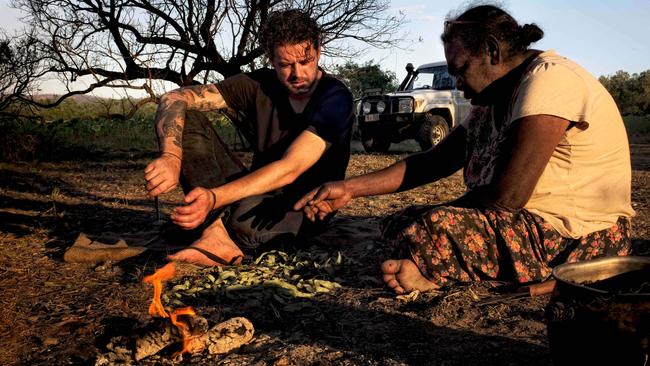
Jock Zonfrillo is pissed off. “People scratch their heads and wonder why our native ingredients aren’t in the supermarket,” he says. “All these native ingredients that people buy online … they’re the product of a cottage industry. Young farmers look at it and say, ‘Why would I want to do that? There’s no future in it and it’s too expensive.’ Someone actually has to talk about this and how to do it fairly.”
It’s not Zonfrillo the chef, whose restaurant Orana has been the country’s single most effective catalyst for introducing indigenous foodstuffs to the national palate over the past 10 years, who is speaking. And it’s not Zonfrillo the culinary director of Tasting Australia, one of the country’s most significant food festivals.
This is Zonfrillo the expat Scot whose first emotional fiddle nowadays is the Orana Foundation, dedicated to helping indigenous communities grow and prosper through the commercialisation of their traditional foods. Increasingly when he speaks, he speaks of “we”, the foundation, not “me”, the internationally recognised chef and restaurateur.
“Geraldton wax is a good example of where commercialisation can go wrong,” he says. “We’ve been using it for years and we wanted to develop a strain for gastronomy, because all the varieties taste different and some of them taste f**king awful. A few years ago I invited a large-scale grower to the restaurant. I used some of his waxes and said: ‘How about you invest a little bit of money into commercialising one of these for gastronomy and make it an indigenous product so some of the funds from the sale go back to indigenous people?’ He says: ‘Yes, OK.’
“Three months later, he’s walking around town selling his existing wax to restaurants and kitchens everywhere. He did the white guy thing and said ‘it’s a whole new market for me’, and bastardised it. So then he came back to the foundation and said: ‘I’m having a few troubles selling this stuff into the supermarkets because we don’t have any toxicity or nutritional information.’ I told him to f**k off.”
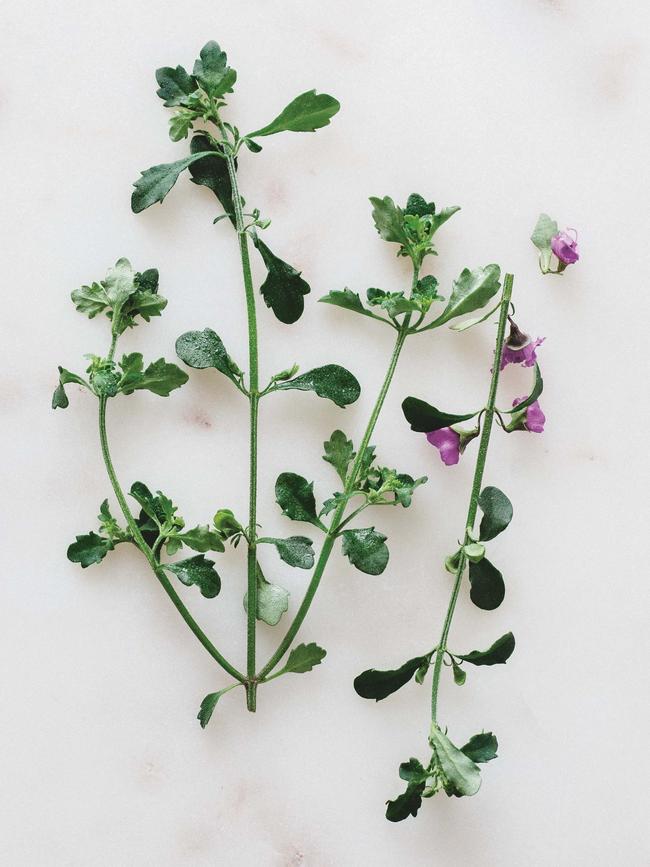
The foundation is now two years into developing a wax for gastronomy. “Once it’s finalised we can distribute cuttings to indigenous communities and they can grow it on country,” Zonfrillo says. “We can do that seriously at scale and 100 per cent of that goes back into communities.”
It’s not all just about nuts and berries either. The chef dreams that we will one day walk into a smart restaurant and order cherabin – Macrobrachium rosenbergii, also known as the giant river or giant freshwater prawn – that will be farmed commercially by indigenous communities all over the country. This prawn is symbolic of what Zonfrillo and the Orana Foundation believe can be done.
“The foundation is working with an indigenous-owned company in Derby,” he says over coffee in his adopted home town of Adelaide. “We’ve helped them close the breeding cycle of those prawns in captivity, and we’re four generations along into breeding in tanks. We’re buying a processing plant. They’ll come out the other end frozen in bags, then they’ll get sold direct into kitchens via a co-operative the foundation is helping to establish.”
That’s the first bit. “The co-operative will allow us to go anywhere around the country,” he says. “Dig grow-ponds, buy the hatchlings from the guys in Derby, send them down in a box, put them into grow-ponds, grow them out with feed pellets made of native plants. We can grow prawns up to 200gm in eight months.”
It is, he says, an amazing product. “At the moment it’s still small scale [and] no one gives a shit unless you can prove it. We have to get them into the right kitchens so the prawns are introduced to the public carefully. [But] we know it’s possible, we’ve proved it works and it can lead to export. And we know we’ve got the IP covered.”
For Zonfrillo and many at the forefront of using native ingredients, intellectual property is everything. The communities responsible for growing and harvesting have to retain the IP and benefit commercially from the emerging markets.
“We want to make sure we don’t have another situation like macadamia and finger limes, where all the IP disappears overseas so there’s no benefit going to the indigenous people,” he says. “You can’t just take knowledge no one else has and make a gazillion dollars out of it without giving something back. We wanted to make sure the foundation was a vehicle for change; don’t just take the product, commercialise it and then f**k off. That’s just going around in circles again.”
Talking to Zonfrillo and others, it becomes increasingly clear those at the forefront of our native ingredient movement are a cultural kilometre from the “bush foods” mentality of the 1980s and ’90s, when indigenous ingredients were gathered and exploited like any other commodity crop without any real spiritual or holistic connection to the land or history, season or tradition. The new way is to embrace the approach of the traditional custodians, to understand the back story and develop new markets for very old ingredients that will benefit the people who gather, farm, process and distribute these exciting flavours.
At the centre of the foundation’s projects is a database of native ingredients that documents the “low-hanging fruit of commercialisation – things such as quandong, macadamia nut, muntries, finger limes. Twelve are deemed suitable for immediate commercialisation. We worked on the database for two years and there are now more than 1500 ingredients on it. This database won’t be finished in my lifetime.”
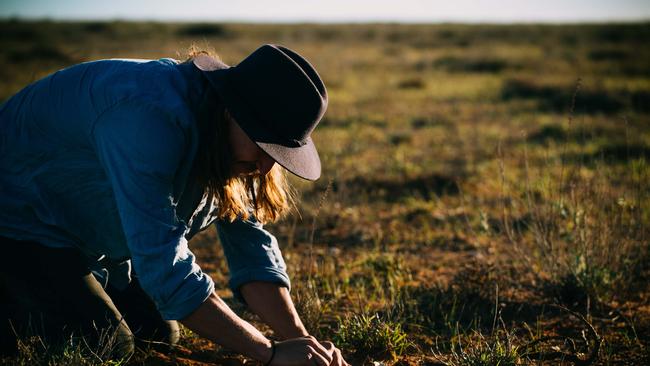
Zonfrillo believes commercialisation of these ingredients will occur when big players start to take advantage of the database. “A biscuit manufacturer wouldn’t spend $500K finding a native seed alternative for the biscuits, but they can look at the database and all the nutritional information is there,” he explains.
He stresses the cultural sensitivities and preservation of knowledge at the core of the project: “Protecting this traditional information was critical for us because holding a vault of information on someone else’s culture is quite daunting.”
Zonfrillo’s is a strong voice, but not a lone one. Bruce Pascoe, Yuin man and author of Dark Emu, is frequently cited by many chefs and people in the Australian progressive food community. “Remember that you can’t eat our Aboriginal food if you can’t swallow our history,” he says.
For Paul Iskov, West Australian chef, caterer and carrier of a cultural message stick when it comes to indigenous foodstuffs, chefs have a responsibility to educate people about ingredients, communities and nature. “This means respecting laws and consulting with traditional owners about foraging, harvesting and being on country,” he says. “We source our ingredients from them first. This ensures sustainability, quality and financial independence. The money needs to stay in these communities.”
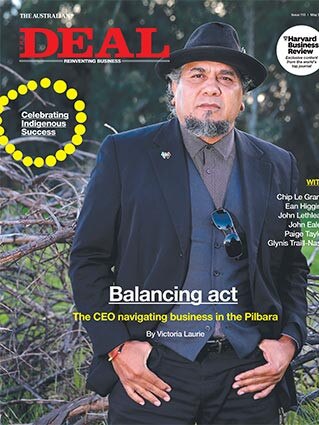
Damien Coulthard, co-author of Warndu Mai, entrepreneur, teacher and Adnyamathanha man, says: “This is not just food. This is our creation, our story, our tradition, us. Every single food source to my people has a story dating back thousands and thousands of years.”
He recounts a visit to a winery on Italy’s Amalfi Coast where everybody got excited about a 500-year-old vine that had produced the wine they were drinking. “I was astonished,” he says. “It made me think: Australians get excited at the thought of a 500-year-old vine. Yet here is my food, 60,000-plus years old, and no one seems to hold any excitement for any of it.”
A contemporary appreciation of our indigenous larder can be largely attributed to a few highly influential chefs and the trickle-down to restaurants all over the country, among them Zonfrillo, Melbourne’s Ben Shewry, of Attica, who has spoken around the world on the subject, and, ironically, the Danish superstar Rene Redzepi, who used so many native ingredients when his NOMA restaurant popped up in Sydney in 2016 for a month. The next level surely is to debunk the novelty value and get indigenous ingredients into the Australian pantry.
Coulthard and his partner and co-author Rebecca Sullivan, who have just launched their book on cooking largely familiar dishes with sometimes quite unfamiliar ingredients, may not be as influential, but they may prove just as important.
“The Australian native food industry has had its ups and downs and, like all trends, seen (some) great successes,” says Coulthard. “But it can’t just be a trend, it needs to be the norm.
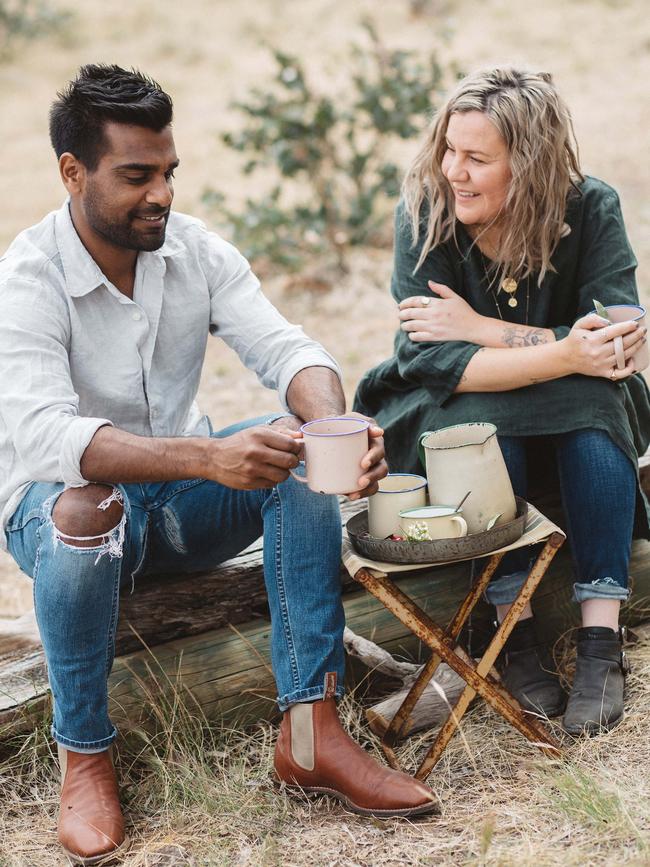
Without it trickling down to the home, it will never be a sustainable industry. Native food needs to be in every pantry in every home in Australia. Our people need it, our farmers need it, our country needs it and our soil needs it.”
Sullivan, a self-described “food curator, activist, food writer, urban farmer and entrepreneur” who recently completed a masters in international rural development and sustainable agriculture at the Royal Agricultural College in Gloucestershire, England, points to a boom-bust cycle in the past when peaks in demand for certain ingredients happened because of “great chefs” using them or media focus.
“Farmers have seen value-add propositions by planting them,” she says. “But then we get to consumer level and no one knows or knew what they were supposed to do (with them) and don’t buy them, and boom farmers rip up crops and we start all over again. Is it laziness? Is it complacency? Is it the marketers? Is it ignorance – cultural ignorance – or is it something else?
“Having said all that, we are at a tipping point and we don’t think this is just a trend any more. It’s much greater, it’s around for the long term. Now we just need to meet supply and demand issues and do it with respect for Aboriginal people and their culture, always. After all, we have been banging on about local food for so long now and ignored our truly local food entirely. Hypocritical or what?”
Sullivan sees her mission as nothing short of defining one of the great cultural mirages of the 20th century, an Australian cuisine. “We want to show you how to create a truly Australian food at home without labelling it as only ‘bush tucker’ or thinking you have to forage for hours in the bush,” she says.
Of course big money can see all this happening, and we need to hope it’s happening respectfully, sustainably.
“Coles has been supporting indigenous suppliers since 2001,” the supermarket giant tells The Deal. “Together with our indigenous supply partners such as Outback Spirit we have provided almost $1.5 million to support indigenous suppliers, many of which focus on native bush foods.”
Coles says its support has helped indigenous businesses establish commercial crops of unique Australian plants including bush tomatoes, Kakadu plums, wild limes and lemon myrtle. “These plants not only have distinct flavour profiles and health benefits, but also carry cultural significance for indigenous Australians,” a spokesperson says.
Sullivan likens the native ingredients story to that of the eggplant. “Claudia Roden (the food writer) first introduced the UK to it in the ’70s in her cookbooks and no one knew what they were before then, and it’s taken decades but now they are in every British fridge, as well as ours,” she says.
“But we cannot just think it would work if, all of a sudden, every Aussie farmer should start ripping up their crops and planting indigenous stuff, and every supermarket should all of a sudden sell anything they can get their hands on. It needs to be done slowly and sensibly because we have many things to consider, including culture.
“But it needs to happen for the sake of culture as well as health and our soil. These foods belong here. They belong in our ecosystem, they are medicine, they are important culturally to our country and they are delicious.”
Says Pascoe: “We are not a Vegemite sandwich, we are Australian. Let’s eat our country’s food”.


